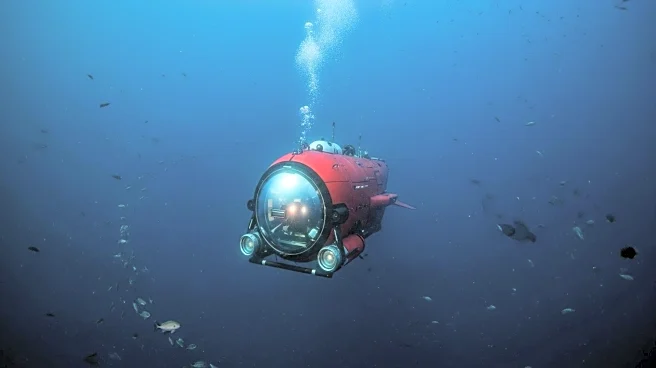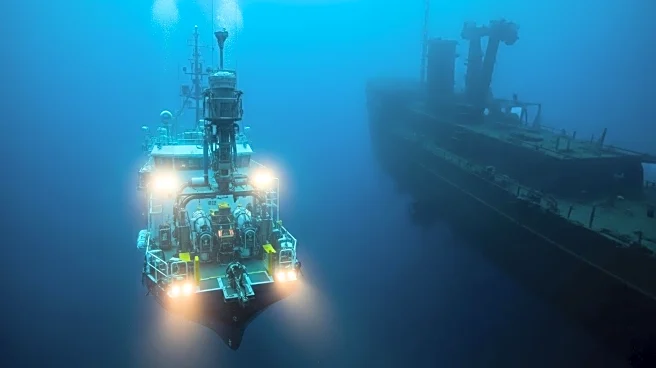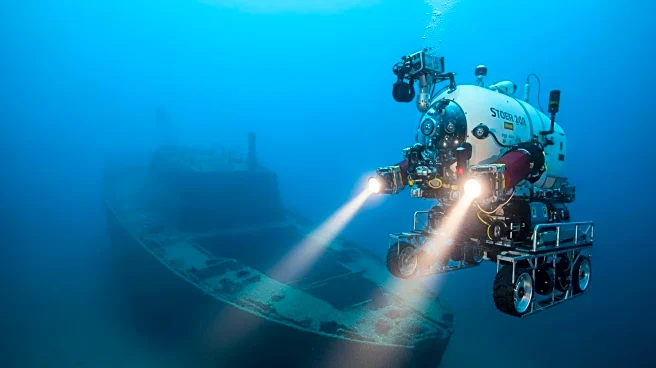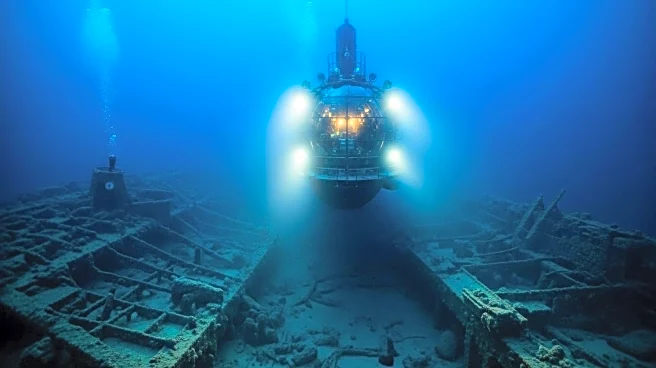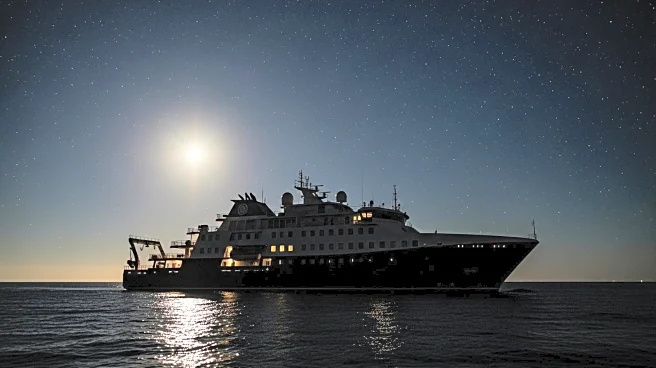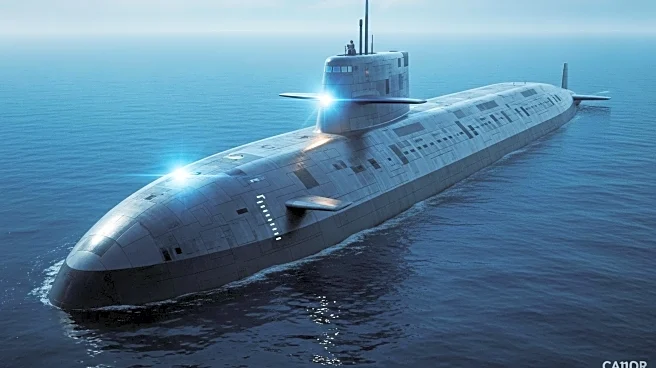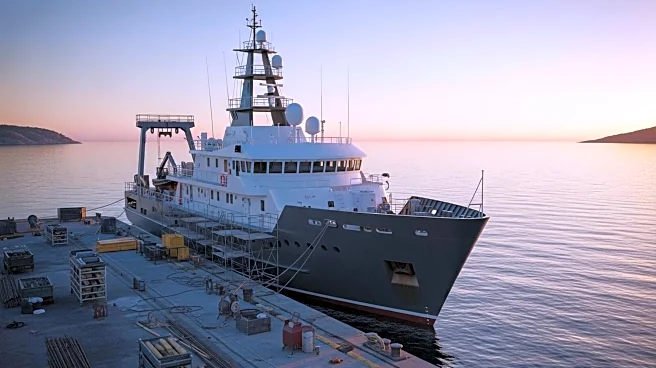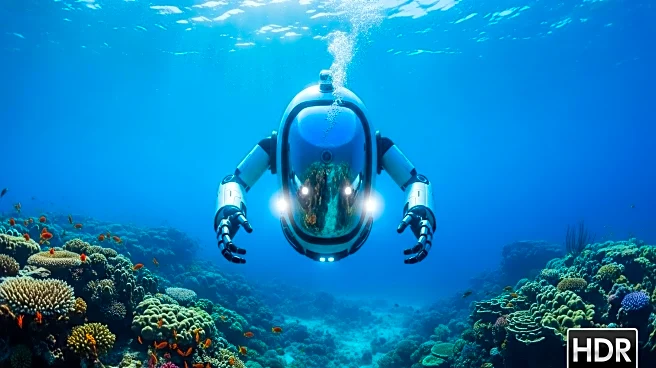What's Happening?
Forty years ago, Bob Ballard and his team discovered the Titanic wreckage using advanced deep-sea technology. The discovery was made possible by a prototype imaging system developed with support from the US Navy, which was initially intended for surveying sunken nuclear submarines. Ballard's strategic approach focused on locating the debris field rather than the ship itself, leading to the successful identification of the Titanic's resting place. This breakthrough in 1985 marked a significant advancement in ocean exploration technology and methodology.
Why It's Important?
The discovery of the Titanic not only captivated public imagination but also revolutionized deep-sea exploration. The technology developed for this mission has since expanded scientific understanding of the ocean, enabling further discoveries such as hydrothermal vents and contributing to theories about the origins of life. The event underscored the potential of remote and robotic exploration, paving the way for future advancements in oceanographic research. It also highlighted the strategic use of technology in military operations during the Cold War.
What's Next?
Ballard continues to explore the ocean, focusing on mapping World War II wrecks and developing autonomous underwater vehicles for future expeditions. His work aims to further expand the mapped areas of the seafloor and explore the ocean's twilight zone, which plays a crucial role in climate regulation. The ongoing development of remote exploration technologies promises to enhance scientific understanding and conservation efforts in marine environments.
Beyond the Headlines
The Titanic's discovery added the term 'rusticles' to the dictionary, describing the rust formations on the wreck. Ballard's advocacy for preserving the site reflects broader concerns about the conservation of underwater cultural heritage. The discovery also sparked ethical debates about the commercialization of shipwreck exploration and the balance between scientific research and tourism.
